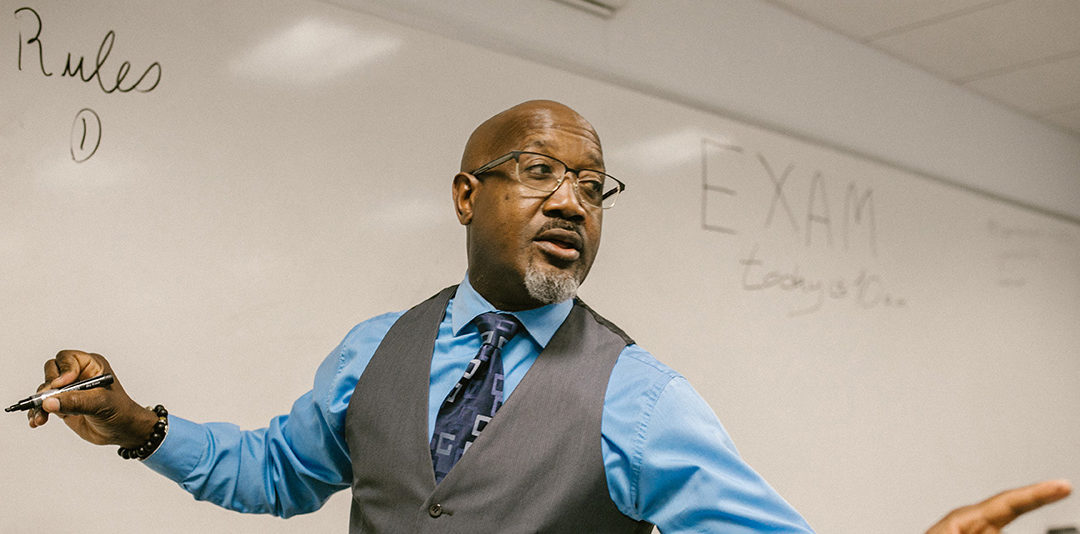Photo Source: Pexels
Lesson observations may be a key tool in every educational setting — but not all of the feedback given to you reflects just your behaviour alone. As we noted in ‘Why Lesson Observation Should Be Aimed At Learning Not Teaching’, gauging pupil responses to lessons can be a much better indicator of how effective your teaching practice truly is.
Though lesson observations should be aimed at learning, that doesn’t mean you can use it to improve how you teach, as well. Taking note of the feedback aimed at both learning and teaching can help you improve in a holistic and comprehensive manner. Here’s how.
Go over your observations
We at Mediamerge Limited are strong proponents of using videos for lesson observations. This allows you to review yourself later on from an outside perspective. From here, you can pinpoint any slips in your teaching technique you may have missed and determine how well your pupils are receiving information.
Keeping a journal for this purpose can help you keep track of your improvements over time. You may want to initially write down your observations by hand before typing them out later on. The Belfast Telegram notes that this can further help you retain the information you gather.
Finally, you may want to review your lesson observations with any of your school administrators. They’re likely to give you additional insight into what you can do to improve — and they’ll also have the data on learning outcomes in your classroom to back their opinions. You can also consider consulting a teaching coach for further guidance.
Try peer observation
In her article for the British Council, ‘Teacher Educator Self-Awareness,’ Tessa Woodward explains that teachers must constantly improve their self-awareness of their own skills and shortcomings. Studying pupils in other settings can also teach you more about how they learn.
When observing another teacher and their pupils, try to stay as objective as possible. Don’t form immediate impressions. Instead, focus on the facts that you see. Observe the techniques the teacher uses and how pupils are responding to them.
Reading body language can help you in this endeavour. In his book ‘What Every BODY Is Saying’, Joe Navarro advises that the face is the least accurate way to gauge body language. Instead, develop situational awareness. If a teacher’s or pupil’s nonverbal behaviour in the classroom setting seems out of place, you can quickly determine if something is off with regards to teaching techniques or pupil reception.
Be honest about your own performance
Ultimately, this is the key to learning from your lesson observations. You know yourself better than anyone else, and this gives you the advantage of being able to seek points of improvement where school administrators can’t.
Ask yourself: did you accomplish what you set out to do with this lesson plan? If you were to teach this lesson again, would you do anything differently? Did the presence of an observer influence how you taught the lesson? Gleaning further feedback from school administrators and teaching coaches can further help you answer these questions.
The open access book ‘Student Feedback On Teaching In Schools’ adds that the role of pupils’ input is vital. This is especially true during the process of self-reflection. It’s the best way to gauge pupil response to lessons, including what techniques helped them learn and what didn’t. By acknowledging criticism of your performance from all sides, you can improve your teaching practice in a more complete manner.
Lesson observations are crucial to improving the quality of education. By taking close notice of all the feedback it provides, you should be able to improve your teaching practice significantly.
Piece contributed by Ansley Mae Peyton
for videolearning.co.uk

